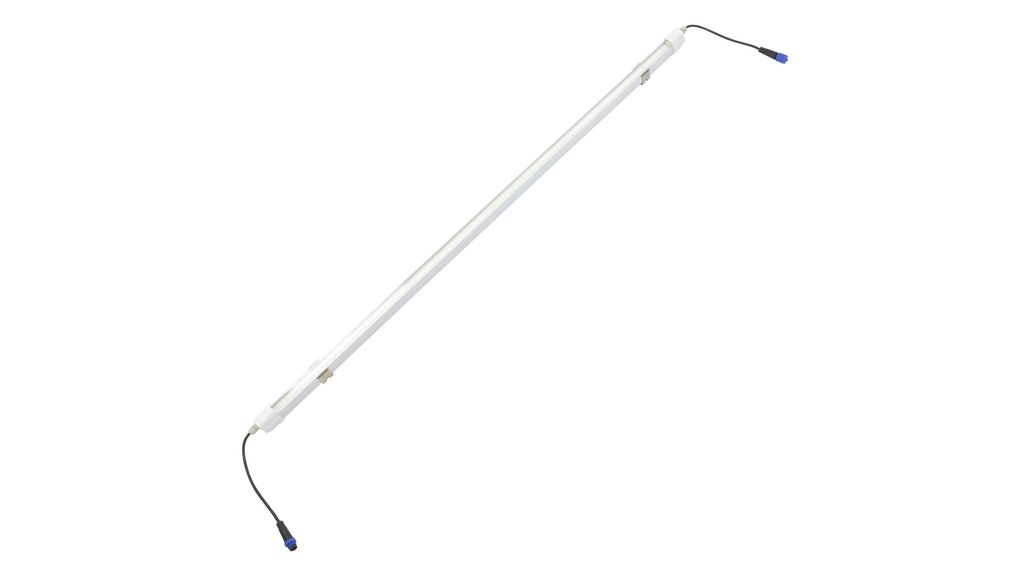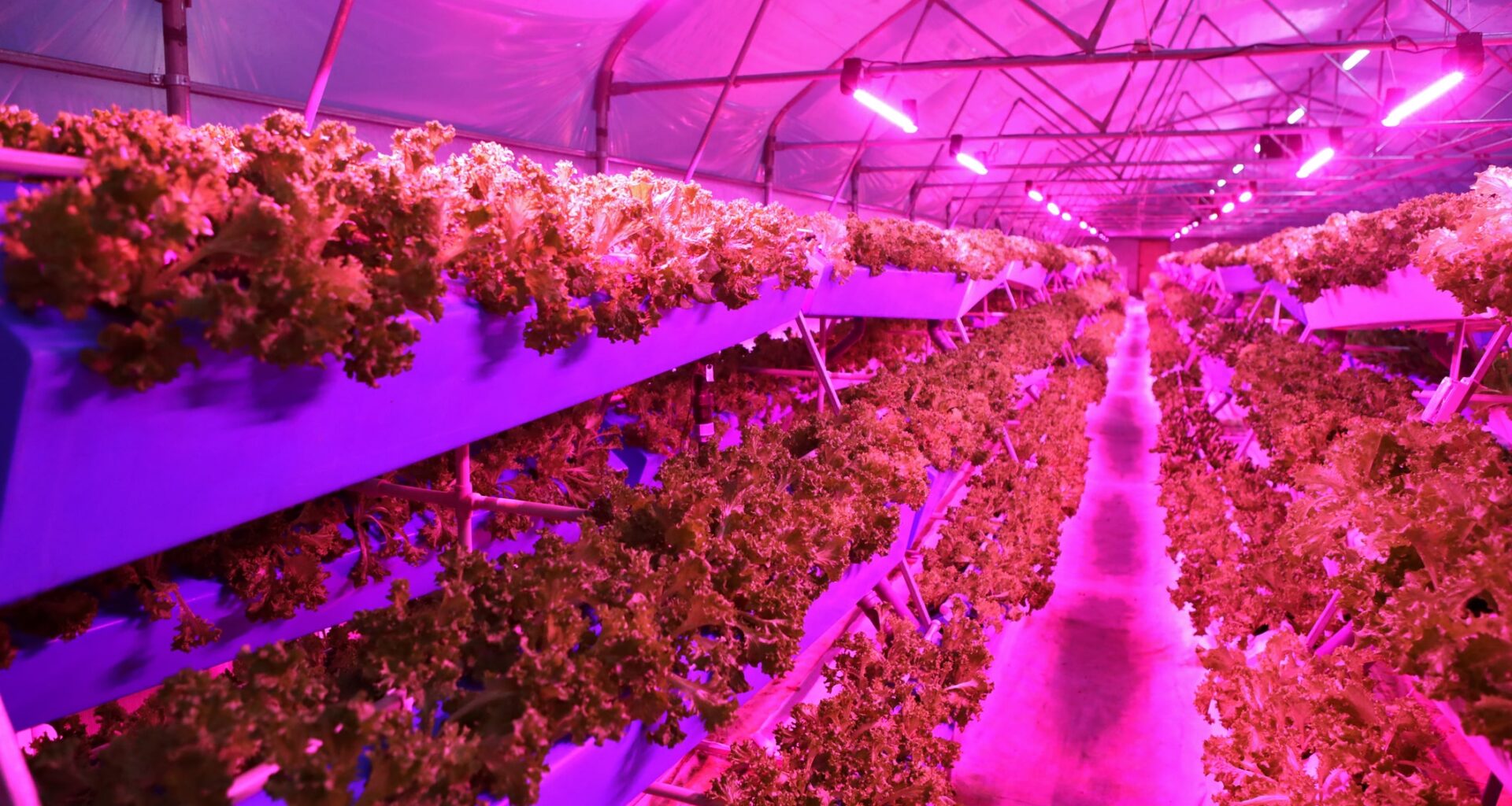
James Prietzel, Product Manager at Intelligent LED Solutions (ILS)
James is the ILS Product Manager for everything related to LEDs and has been with ILS since 2012. He is dedicated to understanding the latest technologies and innovations from leading suppliers in the OptoElectronics world, from optics, to LEDs and to Intelligent LED Drivers.
Often when looking at horticultural lighting the overall hue tends to be reddish-purple. This is because there are two key wavelengths commonly applied to plants: deep blue and hyper red. Both colours are key and have beneficial influence on plants health and quality. Here we will explore the benefits of the red wavelengths, and why these are so frequently used in horticulture.
Regardless of weather, season and time of day, plants need light to thrive. Light triggers photosynthesis and other internal processes that enable plants to survive and grow. Red light is very effective in encouraging photosynthesis as it is highly absorbed by plant chlorophyll pigments. Applications using red light often have a key focus on flowering and vegetation. These wavelengths can be applied to supplement natural daylight, or as part of an LED recipe designed to replace natural daylight.
Why Do Plants Respond to Red Light?
Plant chlorophyll are one of the main photosynthetic pigments found in plants. There are two variants: A and B. Both are sensitive to red light. Chlorophyll A absorbs light at the hyper red wavelength of 660nm. While chlorophyll B absorbs red wavelengths closer to 640nm. The energy absorbed by the chlorophyll is converted into energy-storing molecules. Through the process of photosynthesis, the stored energy is used to transform carbon dioxide from the surrounding atmosphere and water into glucose. Which is then utilised by plants to produce cellulose and starch. Cellulose is used in building cell walls, while starch is stored in seeds and other plant parts as a food source.
Most plants are sensitive to hyper red wavelengths in the light spectrum, as they possess red light photoreceptors known as Phytochromes. These act as an eye that senses red light, particularly in the hyper red range. Although they have several roles, a key one is that of shade avoidance. As established, light is vital to plants, therefore they must work hard to grow in a way that increases their sun exposure. Far-red light has a superior ability to pass though leaves than other red wavelengths do. Subsequently, lower leaves on the plant obtain a higher far-red-light to red-light ratio than compared to leaves receiving unobstructed sunlight. Consequently, a high content of far-red light being absorbed by leaves, signals to the plant that there is shade and sunlight is being blocked. This triggers the plant to react by growing and/or moving to obtain a better position to access sunlight.
What Effects Does Red Light Have on Plants?
Specific red wavelengths will encourage and increase production of the hormones within a plant’s vegetation that prevents the breakdown of chlorophyll. This leads to increased chlorophyll levels, increased nutrient levels within plants, overall enabling them to grow taller, and produce more leafy vegetation. Therefore, red light has beneficial effects on plants for encouraging budding and prolonging flowering in floral plants. As well as increasing biomass and fruit production in vegetive plants.
Recommended Products
Siena LED Grow Light

A linear solution with a broad spectrum is ideal for vegetative growth, the inclusion of hyper and far red induces flowering. Hyper red light is beneficial, as this wavelength is absorbed by plant’s phytochrome pigment. The built-in lens provides a 120 degree coverage, so large areas can be illuminated.
Treviso LED Grow Light

A linear full spectrum solution, perfect for indoor growing. Lightweight and easy to install, Treviso is ideal for vertical farms and rack systems to increase and improve plant growth. Find out more here.











